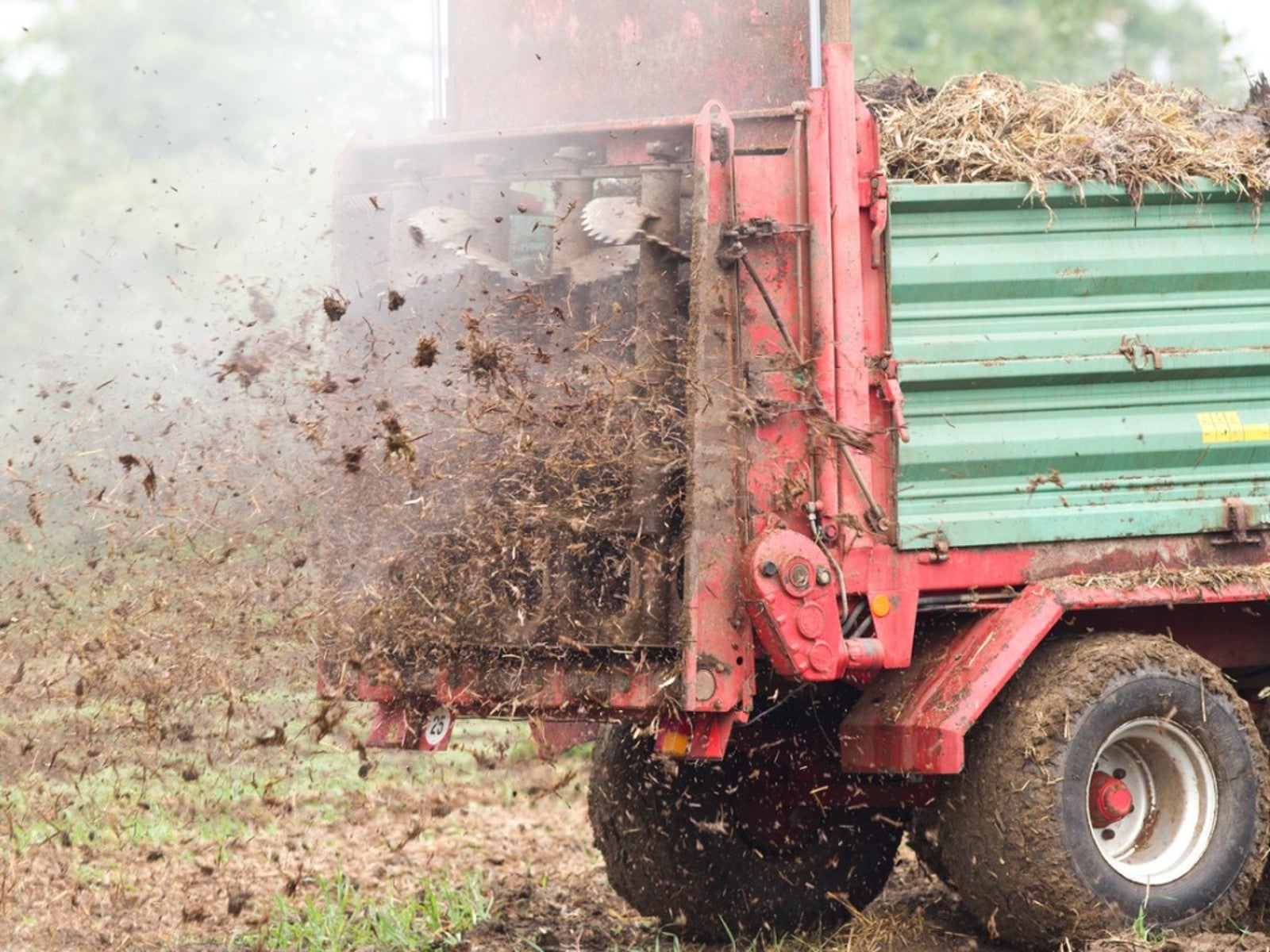Compost Spreading Tools For Farmers And Gardeners


If you plan to nourish a lawn, golf course, or field with compost, there are several different compost spreaders to make the job easier. Whether you have a large farm or plan to use a manual compost spreader in your own backyard, choose the right tool for the size of your job.
How To Use Different Types of Compost Spreaders
Compost spreaders come in varying sizes as well as manual and motorized. You also can buy a tow-behind compost spreader if you own a garden tractor or ATV. Large volume spreaders are ideal for field use, while smaller spreaders benefit orchards, vineyards and small-scale vegetable farming.
Before you go out and purchase equipment, make sure it is the best equipment for the job, and it fits within your budget. Here are several equipment options for spreading compost:
- Push/Pull and Self-Propelled models are designed for small farms and gardens. A towing vehicle is not needed. A compost roller spreader can be manually pushed or pulled by the long handle. Mesh openings are 1 inch by ½ inch (2.5 by 1.27 cm.) in a 24-inch-wide (61 cm.) drum. Walk-behind motorized spreaders generally range from 22 inch to 30 inch (56 to 76 cm.) spreading width.
- Ground Drive spreaders are heavy duty and require a lawn tractor, ATV, or gator utility vehicle to pull them. They can quickly spread 13 to 80 cubic feet (368 to 2265 L) of material. Larger-capacity models need a gator to pull them.
- Rear Discharge spreaders with vertical or horizontal beaters can quickly discharge up to several hundred cubic feet of material.
- Side Discharge models are ideal for adding compost to row crops, orchards, and berries. Some models fit narrow rows.
Tips for Spreading Compost
- Before topdressing with compost, be sure to get a soil sample to know exactly what the field or lawn needs.
- Calibrate the spreader before applying compost.
- If seeding a new lawn, the compost can be incorporated into the soil. Till in a 1-to-2-inch (2.5 to 5 cm.) layer.
- Apply compost to established lawns in the spring or fall when the lawn is actively growing, but conditions are cool and moist. Do not apply more than once per year.
- For established lawns, aerate the lawn first with a hollow-tine aerator. Then broadcast a ¼ to ½ inch (0.6 to 1 cm.) layer of compost with a lawn compost spreader.
- For small areas, broadcast compost by hand and work it in with a rake.
Gardening tips, videos, info and more delivered right to your inbox!
Sign up for the Gardening Know How newsletter today and receive a free copy of our e-book "How to Grow Delicious Tomatoes".

After graduating from Oklahoma State University with a degree in English, Susan pursued a career in communications. In addition, she wrote garden articles for magazines and authored a newspaper gardening column for many years. She contributed South-Central regional gardening columns for four years to Lowes.com. While living in Oklahoma, she served as a master gardener for 17 years.
-
 Zinnias On Repeat: 10 Glorious Cut-And-Come-Again Varieties For Endless Summer Bouquets
Zinnias On Repeat: 10 Glorious Cut-And-Come-Again Varieties For Endless Summer BouquetsThese zinnia varieties keep giving all summer, making them the perfect choice for dedicated cutting gardens – or just the occasional homegrown bouquet.
By Ellen Wells
-
 Create A Romantic Garden Straight Out Of Bridgerton: Regency Era Romance In Your Garden
Create A Romantic Garden Straight Out Of Bridgerton: Regency Era Romance In Your GardenTry some romantic garden ideas straight out of Bridgerton. Flowers and gardens in the Regency era were lush and charming and you can get the same look!
By Bonnie L. Grant